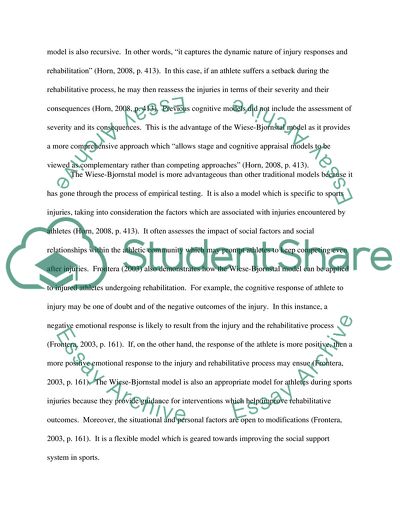Cite this document
(“Psychosocial Strategies with Injured Athletes Research Paper”, n.d.)
Psychosocial Strategies with Injured Athletes Research Paper. Retrieved from https://studentshare.org/psychology/1734853-psycho-social-strategies-with-injuried-athletes
Psychosocial Strategies with Injured Athletes Research Paper. Retrieved from https://studentshare.org/psychology/1734853-psycho-social-strategies-with-injuried-athletes
(Psychosocial Strategies With Injured Athletes Research Paper)
Psychosocial Strategies With Injured Athletes Research Paper. https://studentshare.org/psychology/1734853-psycho-social-strategies-with-injuried-athletes.
Psychosocial Strategies With Injured Athletes Research Paper. https://studentshare.org/psychology/1734853-psycho-social-strategies-with-injuried-athletes.
“Psychosocial Strategies With Injured Athletes Research Paper”, n.d. https://studentshare.org/psychology/1734853-psycho-social-strategies-with-injuried-athletes.


